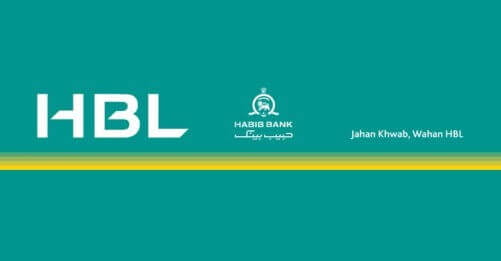Non-Performing Loans (NPLs) of Habib Bank Limited
Non-Performing Loans (NPLs) of Habib Bank Limited
A COMPARISON BETWEEN HBL AND OTHER INSTITUTIONS
FINANCIAL INSTITUTION BAD DEBT PORTFOLIO
(As on December 15th, 1999)
HBL Rs 44 billion
NBP Rs 24 billion
UBL Rs 22 billion
IDBP Rs 14 billion
ADBP Rs 9 billion
REASONS ATTRIBUTABLE TO THE HUGE NPL PORTFOLIO
1. Political and bureaucratic pressures
After nationalization HBL came directly under government control. To a very large extent heavy accumulation of Non-performing Loans is attributable to the misuse of the Bank by successive governments after nationalization as instrument of political patronage for conferring unjustified political favors on certain influential individuals.
2. Project financing
Since the early 1990s HBL expanded its loans and advances from short and medium term loans to long term financing of large industrial projects, which obviously pose greater risk due to the bank due to their uncertain and often negative returns.
3. Poor initial appraisal of loan requests
Credit management has unfortunately not been of high quality. Credit analysts and decision makers at HBL were not equipped with latest techniques and tools of financial analysis and interpretation.
4. Lack of follow-up on loans
Credit was not adequately monitored after disbursement and warning signals were not picked up in time for remedial measures.
5. Imperfect legal system
An inadequate legal and judicial framework, that encouraged blatant misuse of the financial system by unscrupulous borrowers who adopted various delaying techniques to save themselves from accountability.
6. Absence of accountability for defaulters
Until now all steps taken by successive governments to grab the defaulters have been fruitless. Several times have they received their “last chance to clear their debts” yet they have continued to ignore it. Even with the stringent measures announced by the present government the response seems muted.
7. Incompetent bank employees
Banks employees are not trained in the latest methods of credit analysis and management. They have failed to recognize unviable projects or did not carry thorough investigations before extending loans.
8. Absence of accountability of bank employees
While National Accountability Bureau (NAB) is now pursuing the defaulters of large bank loans, no banker who gave those loans has been punished or even questioned.
9. Poor control of SBP
Prior to 1997, SBP was merely a figurehead central banking institution having virtually no say in how banks conducted their operations. Even after 1997, while it insists that banks follow the Prudential Regulations strictly, it has yet to carefully monitor the functioning of the banks.
LOAN RECOVERY BY MAJOR BANKS, BY NOV 16TH 1999, BANK NPL PORTFOLIO CASH RECOVERY
RESTRUCTURED LOANS
HBL 44 billion 1.629 billion 5 billion
NBP 24 billion 915 million 5 billion
MCB 9 billion 1 billion 2 billion
UBL 22 billion 850 million 1.3 billion
ABP 10 billion 800 million N/a
RESTRUCTURED LOANS
HBL has regularized some of the loans at an average down payment of 15%-25% with the balance of the loan repayable up to 3 months to 2 years depending on the merit of the borrower.
The payments of these restructured loans are received either monthly or quarterly and are allowed against securities.
EFFECTS OF THE NPL PORTFOLIO
The huge NPL portfolio has resulted in uncountable problems for the bank. The frustrating feature is that despite measures taken by the management, recovery has not been adequate or fast. Among several problems posed by this situation, some are:
1. Lower return on assets
2. Lower rates on deposits
3. Lower financial savings
4. Constraint in expanding credit facilities
5. Loss to the bank
6. Loss to economy
Solution
RTC
Case-to-case study
Out-of-court settlement













